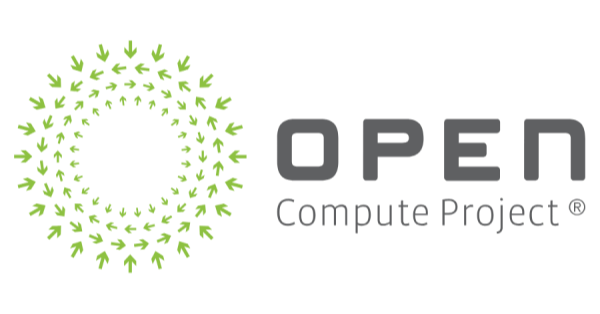COAI Backs MeitY’s Crackdown on OTT Spam and Scam Calls
The Cellular Operators Association of India (COAI) has welcomed the Ministry of Electronics and Information Technology’s (MeitY) decision to lead stakeholder discussions on tackling spam and scam communications originating from Over-The-Top (OTT) platforms. This step was announced during the recent meeting of the Joint Committee of Regulators (JCoR).
COAI noted that while spam and fraudulent communication over traditional telecom networks is being actively managed through initiatives by the Department of Telecommunications (DoT) and Telecom Service Providers (TSPs), the threat is now shifting toward OTT communication apps. As TSPs face increasing scrutiny and compliance requirements for Unsolicited Commercial Communications (UCC), spam actors are finding new ways to exploit less-regulated OTT platforms.
Clarifying Regulatory Roles Between OTT Apps and Telecom Operators
The association stressed the importance of clearly assigning regulatory responsibility. According to COAI, if an application runs over a telecom network, the oversight should fall under the relevant ministry governing that service—not the TSPs.
To illustrate the gap, COAI offered an example: A TSP-issued mobile number may be used to register on an OTT communication app. While TSPs remain accountable for the number and can support law enforcement when required, the same app could be used independently on a different handset, even in another state or city, making it hard to trace misuse. This disconnect arises because OTT apps aren’t tightly coupled with the original SIM card after installation.
Legal Challenges in Tracking Spam Through OTT Communication Apps
This gap in traceability raises serious concerns. Once an OTT communication app is set up, users can continue using it across devices without the original SIM, bypassing geographical or network-based controls. That makes enforcement and tracking more complex for legal agencies, putting a disproportionate burden on TSPs despite their limited control over OTT app behavior.
COAI Flags Steganography as a Growing Cybersecurity Risk
COAI also highlighted the emerging risk of steganography, a technique where hidden messages are embedded in seemingly benign files like images or documents. This technique allows bad actors to conceal malicious scripts, making detection harder and aiding in fraudulent activities. According to the association, this practice deserves urgent regulatory focus due to its ability to facilitate digital fraud.
COAI Calls for Unified Cybersecurity Rules for OTTs and TSPs
COAI called for a level playing field where both TSPs and OTT communication platforms are subject to similar cybersecurity and regulatory standards. The group emphasized that this is the only way to effectively protect users from spam and fraud.
The association concluded by stressing the need for clear cybersecurity mandates that aim to minimize spam and scam calls or messages. In their view, regulations must evolve to reflect today’s communication landscape, where OTT apps play an increasingly central role.






















